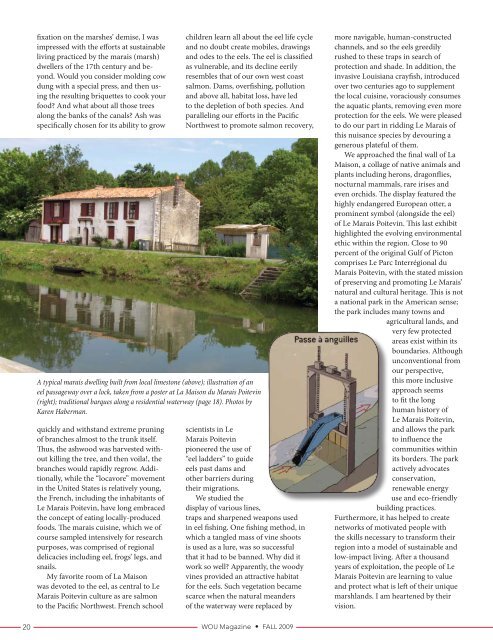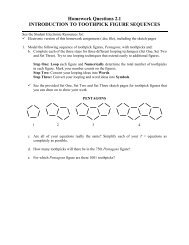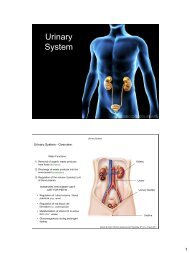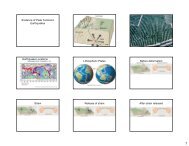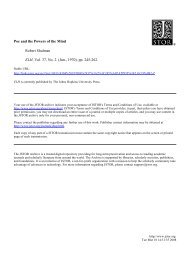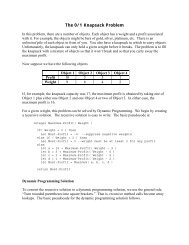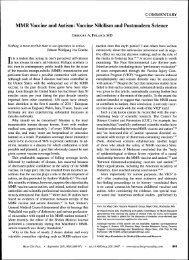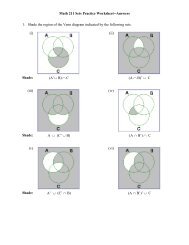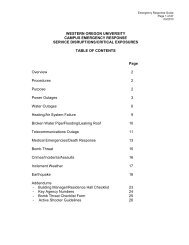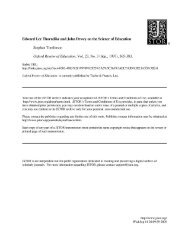In Remembrance - Western Oregon University
In Remembrance - Western Oregon University
In Remembrance - Western Oregon University
You also want an ePaper? Increase the reach of your titles
YUMPU automatically turns print PDFs into web optimized ePapers that Google loves.
fixation on the marshes’ demise, I was<br />
impressed with the efforts at sustainable<br />
living practiced by the marais (marsh)<br />
dwellers of the 17th century and beyond.<br />
Would you consider molding cow<br />
dung with a special press, and then using<br />
the resulting briquettes to cook your<br />
food? And what about all those trees<br />
along the banks of the canals? Ash was<br />
specifically chosen for its ability to grow<br />
quickly and withstand extreme pruning<br />
of branches almost to the trunk itself.<br />
Thus, the ashwood was harvested without<br />
killing the tree, and then voila!, the<br />
branches would rapidly regrow. Additionally,<br />
while the “locavore” movement<br />
in the United States is relatively young,<br />
the French, including the inhabitants of<br />
Le Marais Poitevin, have long embraced<br />
the concept of eating locally-produced<br />
foods. The marais cuisine, which we of<br />
course sampled intensively for research<br />
purposes, was comprised of regional<br />
delicacies including eel, frogs’ legs, and<br />
snails.<br />
My favorite room of La Maison<br />
was devoted to the eel, as central to Le<br />
Marais Poitevin culture as are salmon<br />
to the Pacific Northwest. French school<br />
children learn all about the eel life cycle<br />
and no doubt create mobiles, drawings<br />
and odes to the eels. The eel is classified<br />
as vulnerable, and its decline eerily<br />
resembles that of our own west coast<br />
salmon. Dams, overfishing, pollution<br />
and above all, habitat loss, have led<br />
to the depletion of both species. And<br />
paralleling our efforts in the Pacific<br />
Northwest to promote salmon recovery,<br />
A typical marais dwelling built from local limestone (above); illustration of an<br />
eel passageway over a lock, taken from a poster at La Maison du Marais Poitevin<br />
(right); traditional barques along a residential waterway (page 18). Photos by<br />
Karen Haberman.<br />
scientists in Le<br />
Marais Poitevin<br />
pioneered the use of<br />
“eel ladders” to guide<br />
eels past dams and<br />
other barriers during<br />
their migrations.<br />
We studied the<br />
display of various lines,<br />
traps and sharpened weapons used<br />
in eel fishing. One fishing method, in<br />
which a tangled mass of vine shoots<br />
is used as a lure, was so successful<br />
that it had to be banned. Why did it<br />
work so well? Apparently, the woody<br />
vines provided an attractive habitat<br />
for the eels. Such vegetation became<br />
scarce when the natural meanders<br />
of the waterway were replaced by<br />
20 WOU Magazine • FALL 2009<br />
more navigable, human-constructed<br />
channels, and so the eels greedily<br />
rushed to these traps in search of<br />
protection and shade. <strong>In</strong> addition, the<br />
invasive Louisiana crayfish, introduced<br />
over two centuries ago to supplement<br />
the local cuisine, voraciously consumes<br />
the aquatic plants, removing even more<br />
protection for the eels. We were pleased<br />
to do our part in ridding Le Marais of<br />
this nuisance species by devouring a<br />
generous plateful of them.<br />
We approached the final wall of La<br />
Maison, a collage of native animals and<br />
plants including herons, dragonflies,<br />
nocturnal mammals, rare irises and<br />
even orchids. The display featured the<br />
highly endangered European otter, a<br />
prominent symbol (alongside the eel)<br />
of Le Marais Poitevin. This last exhibit<br />
highlighted the evolving environmental<br />
ethic within the region. Close to 90<br />
percent of the original Gulf of Picton<br />
comprises Le Parc <strong>In</strong>terrégional du<br />
Marais Poitevin, with the stated mission<br />
of preserving and promoting Le Marais’<br />
natural and cultural heritage. This is not<br />
a national park in the American sense;<br />
the park includes many towns and<br />
agricultural lands, and<br />
very few protected<br />
areas exist within its<br />
boundaries. Although<br />
unconventional from<br />
our perspective,<br />
this more inclusive<br />
approach seems<br />
to fit the long<br />
human history of<br />
Le Marais Poitevin,<br />
and allows the park<br />
to influence the<br />
communities within<br />
its borders. The park<br />
actively advocates<br />
conservation,<br />
renewable energy<br />
use and eco-friendly<br />
building practices.<br />
Furthermore, it has helped to create<br />
networks of motivated people with<br />
the skills necessary to transform their<br />
region into a model of sustainable and<br />
low-impact living. After a thousand<br />
years of exploitation, the people of Le<br />
Marais Poitevin are learning to value<br />
and protect what is left of their unique<br />
marshlands. I am heartened by their<br />
vision.<br />
meets


